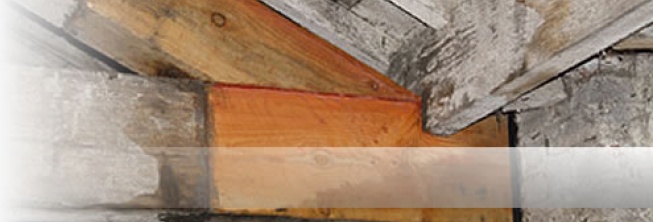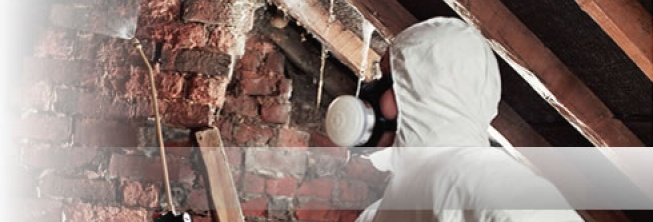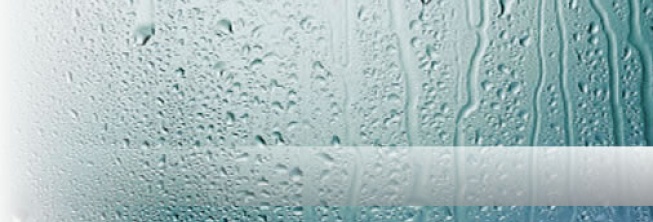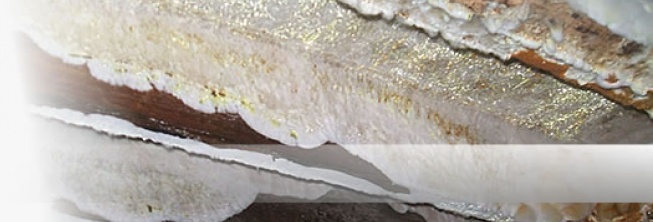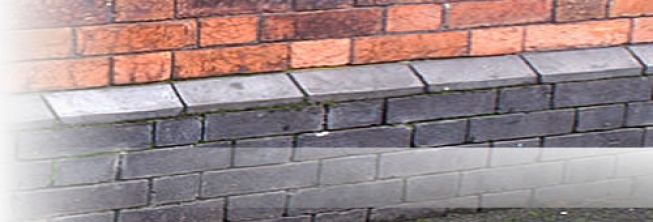Dry Rot & Wet Rot Services Kidderminster
What's the difference between Wet & Dry Rot?
It is important to find out is whether the infection is Wet Rot or Dry Rot. Sometimes confused as Damp Rot.
There are several species of Wet Rot but only one species of Dry Rot (Serpula lacrymans) often referred to as True Dry Rot. Generally, Wet Rot affect timbers that have a moisture content in excess of 24% whilst Dry Rot prefers a slightly lower moisture content of 18 to 22% but also prefers more humid conditions.
The dampness that causes the rot can be from a number of sources including;
- a lack of sub floor ventilation,
- walls being damp from
- penetrating moisture
- rising damp or
- condensation
Water leaks from sinks, baths, showers, pipe work, guttering or poorly maintained roofs can all cause Wet or Dry Rot. The spores for all types of timber fungi are within the air, the same as viruses. The pollen or mould are generally harmless until they land on the right conditions and germinate.

Dry Rot (Serpula Lacrymans)
Dry Rot affects timber that has become damp from a reasons similar to wet rots. When dry rot spores come into contact with something suitable for germination they develop into a cotton wool like appearance, which form white strands that extend along timber and masonry.
Dry Rot Treatments
In severe outbreaks opening up and disruption are necessary prior to being able to produce a full schedule of works and being able to give and estimate for the work. It is better to carry out a full investigation prior to starting treatments if possible, so that there are minimal surprises during the schedule of works.
Wet Rot
The damage to the timber causes wood to become weak and break up once the infection is well developed.
The colour of the strands depends on the two types of Wet Rot; White or Brown Rot.
Wet Rot Treatment
Locate the source of dampness, remove it and replace the damaged timber ensuring that it is adequately protected against future problems if possible.
Contact us if you would more information or to book a survey

